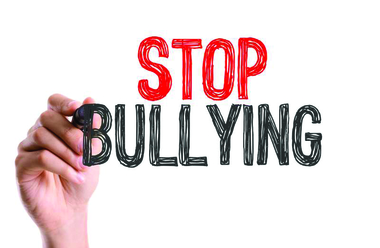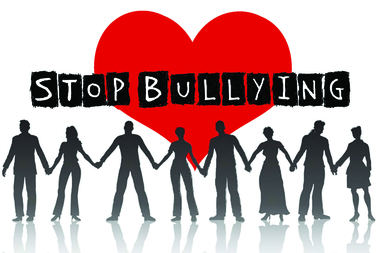Why bullies bully

by Dustin Woods
Visionary Columnist
Bullying stems from an asymmetrical power distribution where one party feels stronger and thus more capable of utilizing that power over a weaker victim. Its clan-like behavior is an experience far too many of us have been through.
Bullying most often began during our school-age years and seems to be our greatest commonality as a community.
Bullying doesn’t end in school; it just seems to happen with far less frequency and transparency once you graduate. Aggressive behavior perpetrated to intimidate another isn’t an act exclusively for high schoolers. Regardless, it is sophomoric.
In many cases, the way in which the bully finds a weaker person to victimize is by observable differences. Minorities have been subject to bullying in part simply for their physical differences. The LGBT+ community is no stranger to bullying, and currently, there are still people in (and out of) the closet who fear being bullied because of their sexual orientation.
Friday, February 23 will mark the next observation of STAND UP to Bullying Day.
We must join in to bring awareness to the problem that bullying poses for its victims and to create an understanding of how we all have a role to play to stop bullying.
Ultimately the goal is to encourage people to stand up to bullying wherever encountered, directed at us or not.

What does it mean to stand up to bullying? The obvious answer that immediately comes to mind is you would not be a willing bystander to a bullying act; instead, you would do something to prevent the act from continuing.
An important aspect of understanding is bullying isn’t only an interaction between the bully and the victim. When bullying occurs in public and is not stopped, there is tacit social approval of the situation that occurred.
When we all act to stop bullying whenever and wherever we see it, we leave an environment hostile to bullying making it a far less attractive way to achieve one’s ends.
As a society, we allow for the perpetuation of the second-class status of minority communities by allowing for the strength in numbers principle to come into direct conflict with our equality ethos.
Majority rules led the power to be concentrated, and that power used it disproportionately to benefit those who wielded it.
Meanwhile, minority groups are systematically targeted for the harshest applications of criminal judgments, they face the highest levels of poverty and even have some of the lowest life expectancies.
The definition of bullying is to use one’s superior strength to coerce or intimidate another into doing what they want. Don’t want minorities to live near you? Make sure they can’t afford to. Don’t want them to vote? Criminalize their behavior and take the vote away from criminals.
Our government has been and currently is being used as a tool by the greatest bullies of all, those power-hungry abusers who legislate and litigate the lives of people utilizing their strength to influence negatively the lives of those they do not like.
Remember, bullying comes in all shapes and sizes from school age level to a global sized governmental degree.
We should be aware it is a multifaceted issue that isn’t always easy to perceive but does need to be constantly considered and combated in any form in which it appears.
How will you stand up to bullying?
The Gayly. February 23, 2018. 11:00 a.m. CST.





